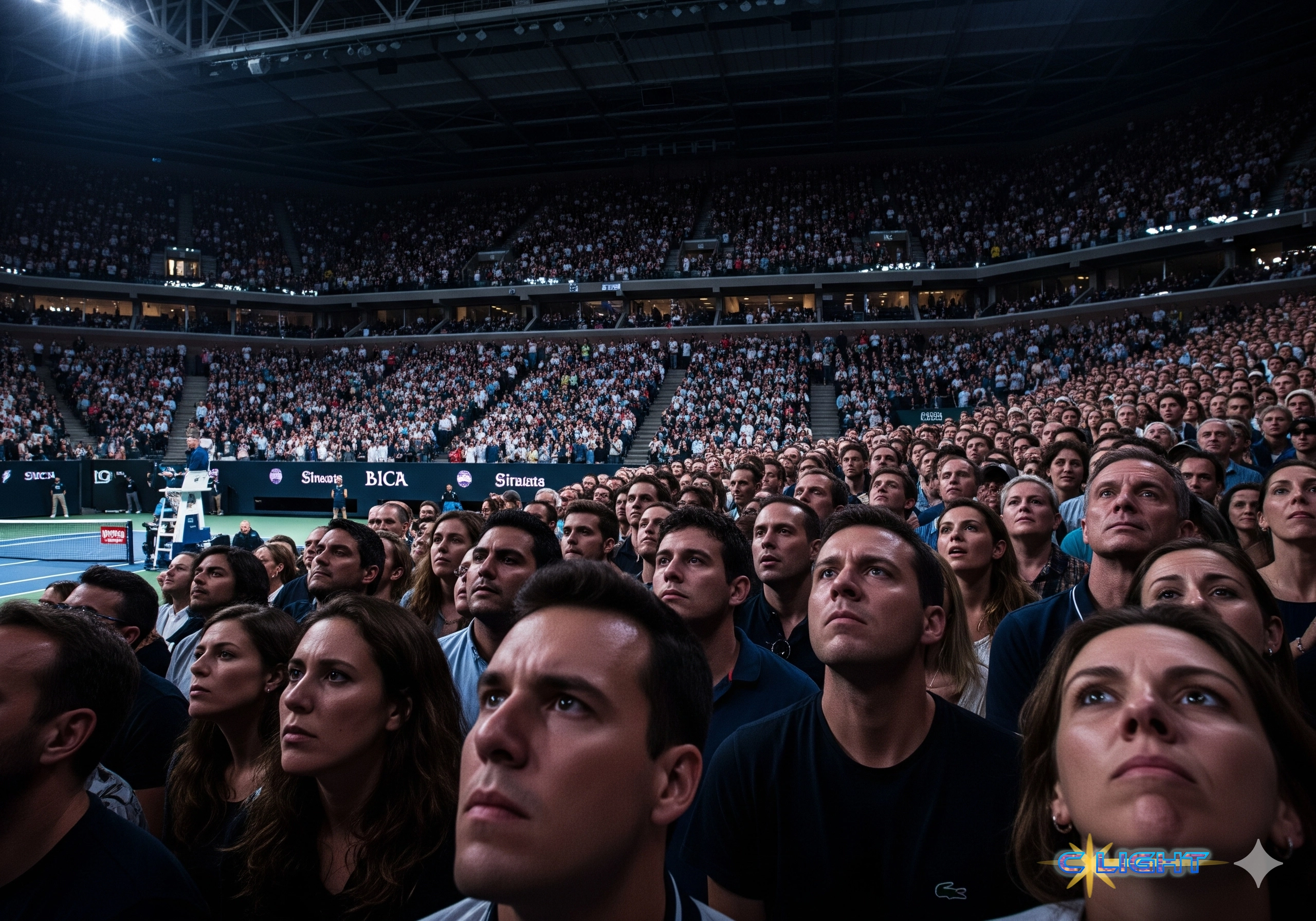4 minutes read time.
Before the first serve was ever struck in the U.S. Open Men’s Final, a different, more contentious match was already well underway: one pitting a president’s notoriously thin skin against the famously loud voices of a New York crowd. The controversy erupted not on the court, but in the hushed corridors of broadcast production, where an edict was issued to ensure that what the television audience saw of Felonious Punk’s attendance would be a carefully sanitized, applause-only affair. The move, a transparent attempt to stage-manage a public appearance, backfired spectacularly, igniting a firestorm of bipartisan ridicule and transforming a simple photo opportunity into a case study on the futility of censorship in the modern age.
The gambit began with a memo, first obtained by tennis journalist Ben Rothenberg, sent by the United States Tennis Association (USTA) to its broadcast partners. The directive was as unambiguous as it was audacious. After noting that the President would be shown on screen during the national anthem, the memo instructed, “We ask all broadcasters to refrain from showcasing any disruptions or reactions in response to the president’s attendance in any capacity.” In what many observers believe was a move orchestrated by the White House, the USTA was attempting to preemptively erase any sign of public discontent from the official record.
When the news broke, the USTA scrambled to contain the damage, issuing a statement that strained credulity. “We regularly ask our broadcasters to refrain from showcasing off-court disruptions,” a spokesperson claimed, attempting to frame the directive as standard operating procedure. This official justification, however, collapsed under the weight of historical context. Punk’s last visit to the tournament in 2015, before his first term, was marked by a chorus of boos from spectators. The 2025 memo was not a routine request; it was a clear and clumsy effort to prevent a repeat of a prior public relations embarrassment.
The backlash in the court of public opinion was immediate and ferocious. Commentators from across the political spectrum lampooned the decision as an act of profound weakness. “The USTA’s censorship of Trump dissent at the US Open is cowardly, hypocritical, and un-American,” wrote Bryan Armen Graham in The Guardian. Former MSNBC host Keith Olbermann blasted the “terrified, condescending management” of the sport. The move even drew mockery from conservative corners, with the “Republicans against Trump” organization predicting a classic Streisand Effect in the making: “Trump is about to face the loudest boos of his life.” They were all identifying the central irony: the desperate attempt to control the narrative had become the narrative itself, amplifying the very dissent it sought to suppress.
Caught in the middle of this political maelstrom were the athletes and the press, forced to navigate a controversy that had nothing to do with tennis. In a display of diplomatic professionalism, finalist Carlos Alcaraz acknowledged the situation, calling it a “privilege for the tournaments having the presidents… support the match,” while also admitting his personal goal was to “try not to be focused on that… I don’t want myself to be nervous because of it.” His comments underscored the unwelcome nature of the intrusion, a political spectacle threatening to overshadow one of the sport’s biggest moments.
Ultimately, the success of the USTA’s directive rested with its broadcast partners, chiefly ESPN. In a quiet but significant act of defiance, the network, while declining to comment on the memo itself, signaled its intention to “show and acknowledge Mr Trump as it normally would during sporting events.” This signaled a refusal to be co-opted into the administration’s image-laundering operation, upholding a standard of journalistic normalcy in the face of an abnormal request.

The entire episode serves as a potent illustration of the current administration’s approach to public life: an obsessive focus on image management and a belief that reality can be curated and controlled. From his regular appearances at UFC fights to the Super Bowl, sporting events have become a favored backdrop, offering the visual appeal of strength and popular appeal. But the U.S. Open fiasco reveals the profound vulnerability of this strategy. In a free society, the crowd cannot be scripted, and the press cannot always be managed. The attempt to manufacture a moment of patriotic reverence backfired, instead exposing a deep-seated fear of authentic public opinion and creating a bigger, more humiliating story than a few scattered boos ever could have.
Discover more from Clight Morning Analysis
Subscribe to get the latest posts sent to your email.










